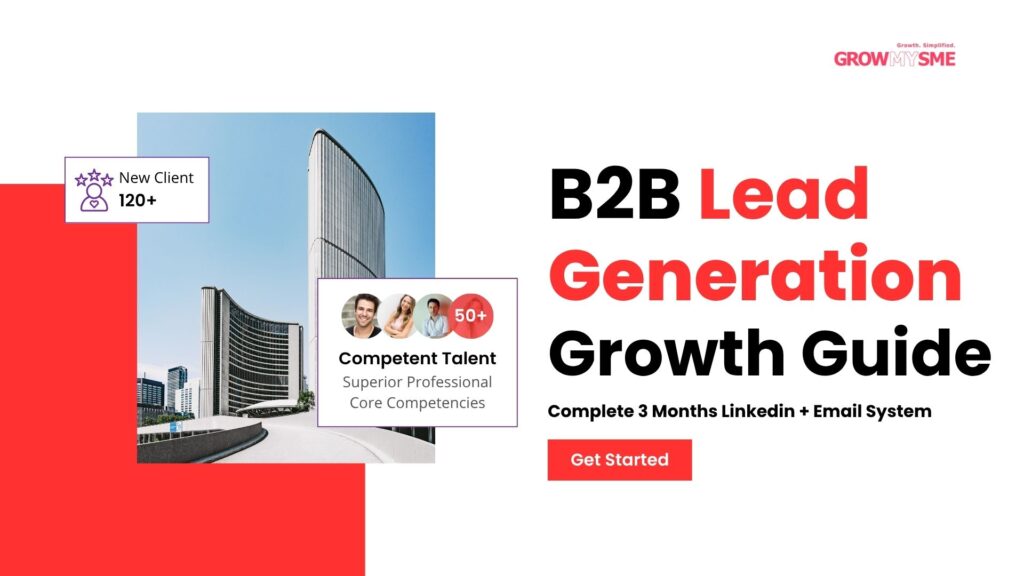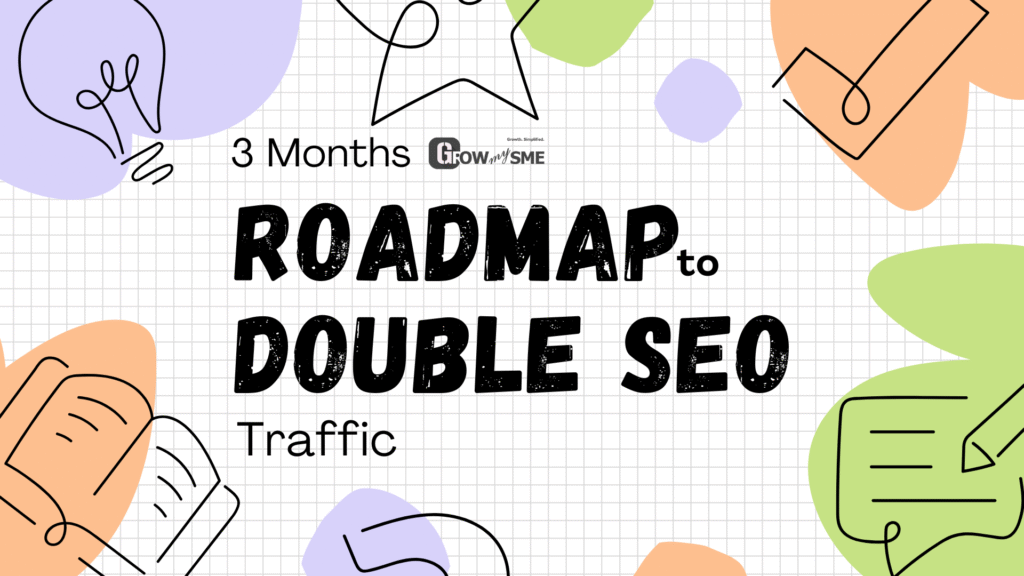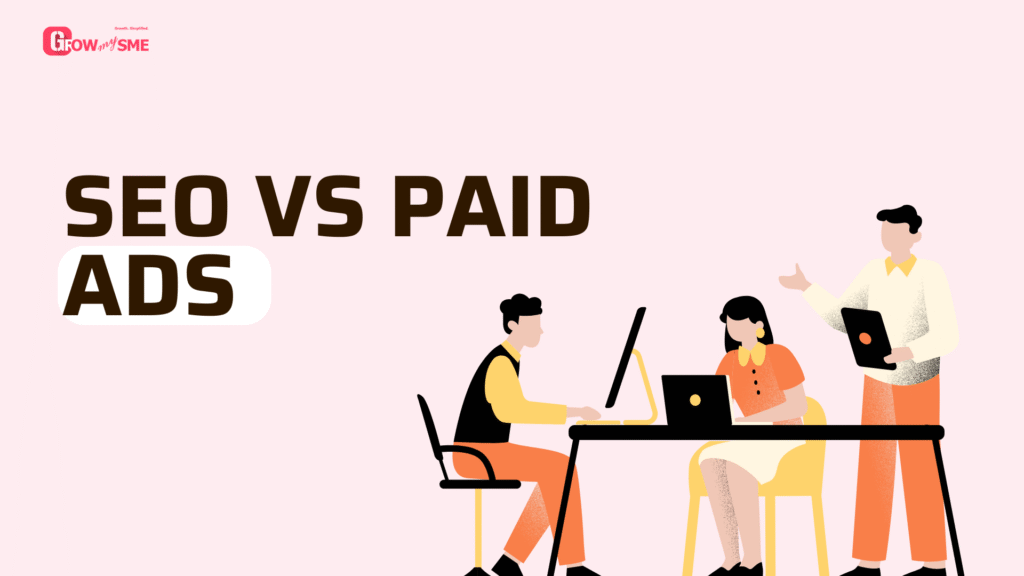Generating high-quality B2B leads in 2025 isn’t about blasting emails or connecting randomly on LinkedIn. Most marketers focus on activity instead of strategy. I learned this the hard way during my first B2B campaigns—hundreds of connection requests and cold emails with almost zero replies.
Over time, I refined a 3-month system combining LinkedIn and email, which consistently fills pipelines with qualified leads. Here’s the guide, step by step.
“Leads don’t come from doing more—they come from doing the right things consistently.”
Month 1: Foundation & Targeting
Before sending a single message, you need clarity on who you’re targeting and why.
Example: In one campaign targeting marketing directors in mid-size SaaS companies, I initially had too broad criteria—resulting in low response rates. Narrowing it down to companies with 50–200 employees and marketing teams over 3 people improved engagement almost overnight.
Here’s my targeting template for LinkedIn:
- Industry: SaaS / Tech / Marketing
- Company size: 50–200 employees
- Role: Marketing Director / Head of Growth
- Geography: North America / Europe
Data Insight: LinkedIn reports that campaigns targeting specific decision-makers see 3x higher response rates than broad targeting.
Key takeaway: Define your audience first. Without precision, outreach is wasted effort.
Month 1–2: LinkedIn Connections & Value-Building
Connections alone don’t generate leads. You need value-driven engagement.
Example: I started commenting on posts of my target leads instead of immediately sending connection requests. One marketing director noticed my insights, accepted the request, and booked a call within a week.
Here’s my LinkedIn connection message template:
“Hi [Name], I loved your post on [Topic]. I often help teams like yours optimize [specific process]. Would love to connect and exchange insights.”
Stats: Personalized connection requests have a 50–70% higher acceptance rate than generic ones (LinkedIn, 2025).
Takeaway: Build trust before pitching. Engagement precedes conversion.
Month 2: Email Sequences That Convert
Once you have connections, it’s time for targeted email sequences. Cold emails work best when tailored, brief, and problem-focused.
Example: For one SaaS lead, I sent a 3-email sequence:
- Quick insight related to their company
- Case study of a similar client
- Soft invitation for a call
Here’s my winning email template for B2B leads:
- Subject: “Thoughts on [Company’s specific challenge]”
- Body: “Hi [Name], I noticed [pain point]. We helped [similar company] solve this by [solution]. Would love to share insights if relevant.”
- CTA: “Are you open to a 15-min chat next week?”
Data Insight: Sequences that combine LinkedIn engagement + personalized email see 30–40% higher reply rates than emails alone.
Takeaway: Timing, personalization, and relevance drive email success.
Month 2–3: Nurturing & Multi-Touch Follow-Ups
Not every lead responds immediately. A multi-touch strategy ensures top-of-mind awareness.
Example: I implemented a 2-week cadence of LinkedIn likes/comments, followed by value-added emails. One lead replied on the 3rd touch, ultimately becoming a $15k deal.
Here’s my follow-up framework:
- Touch 1: Personalized LinkedIn comment or like
- Touch 2: Value-focused email
- Touch 3: Case study or testimonial
- Touch 4: Soft call invite
Stat: HubSpot 2025 shows that 70% of B2B deals are influenced by at least 3 touchpoints.
Takeaway: Patience and consistency pay. Lead nurturing is more effective than aggressive pitching.
Month 3: Scaling & Automation
Once the system works, it’s time to scale without losing personalization.
Example: After perfecting my sequences, I used LinkedIn automation tools for connection requests and email scheduling tools for sequences—while still reviewing every message personally to maintain quality.
Template: Scaling checklist
- Automate initial LinkedIn connection requests
- Schedule email sequences with 24–48h intervals
- Track replies and manually personalize high-value prospects
- Rotate campaigns to test different industries or roles
Data Insight: Properly automated LinkedIn + email campaigns can increase lead generation 2–3x within a quarter.
Takeaway: Automation should enhance, not replace personalization. The human touch remains the most powerful factor.
Tracking & Iteration
Tracking is non-negotiable. Monitor:
- Connection acceptance rate
- Email open and reply rates
- Meeting bookings and pipeline value
Example: In one campaign, I noticed finance leads were opening emails but not replying. I adjusted messaging to address compliance concerns—response rates jumped 35%.
Takeaway: Metrics inform strategy. Every tweak should be backed by data, not guesswork.
Final Thoughts
B2B lead generation isn’t about volume—it’s about precision, consistency, and relationship-building.
Follow this 3-month LinkedIn + email system:
- Define your audience
- Build trust on LinkedIn
- Send personalized email sequences
- Nurture consistently
- Scale with automation while keeping personalization
- Track, learn, and iterate
“Leads respond to relevance and value, not random messages or mass outreach.”This system has helped me consistently generate high-quality, qualified leads without cold-calling or spam. And if you follow it step by step, you can replicate it in your business too.



